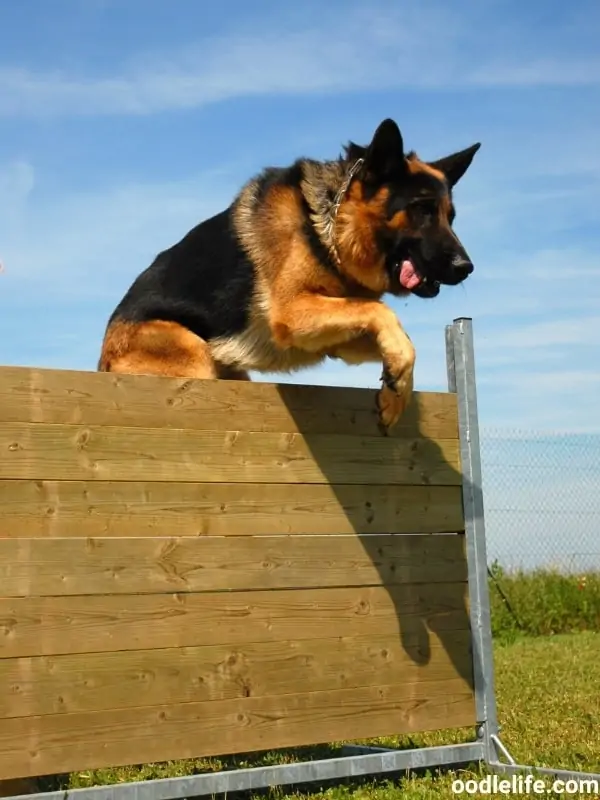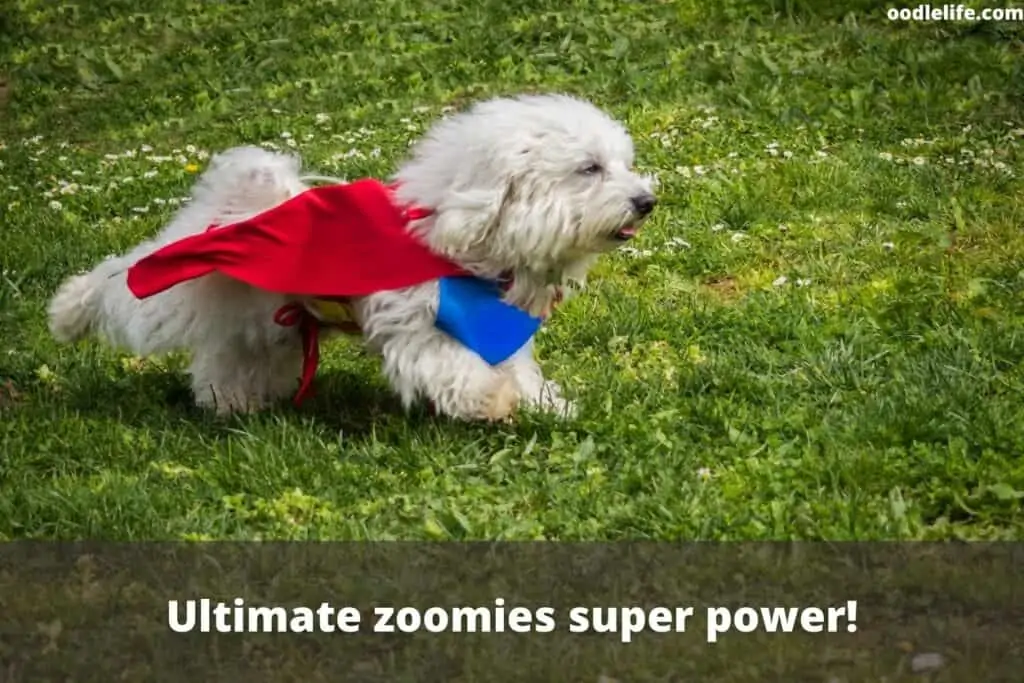Will a Shock Collar Stop a Dog Fight?
Dog owners use shock collars to teach obedience and to distract dogs from sources of stimulation. With proper training, owners can also use shock collars to curb aggressive behaviors. This includes fights that break out between two dogs.
However, to use a shock collar to stop a dog fight, it’s best to use a collar on both animals. Understanding what started the aggressive behavior between the two dogs is also invaluable. Typically, two dogs fight with each other over perceived threats or loss, improper socialization, and fear. Some breeds, such as terriers, also tend to be more territorial.
If both dogs are equipped with a shock collar, the electricity can be enough of a distraction. Once they’re distracted, you should get a chance to physically separate them. But, you’ll want to learn how and when to use a shock collar. You’ll also want to pay attention to what’s causing the fight and address this through additional training.

Why Do Dogs Fight?
Dogs usually display aggressive behaviors toward other dogs they’re afraid of or feel threatened by. For example, if another dog growls and barks at another, they’re more likely to retaliate. Dogs that are overly protective of their owners, homes, and yards stand a greater chance of becoming aggressive when faced with perceived threats.
The drive to be territorial is instinctive in most dogs, but some breeds are predisposed to becoming more reactive. If they’re not introduced to other dogs and humans from an early age, they may also become more territorial or aggressive. This is because they haven’t learned how to recognize different behavioral cues.
Dogs that come from rescues and shelters can become reactive and aggressive if they become overly attached to their new owners. Since adopters tend to get these dogs when they’re older, it can be more difficult to retrain them. However, it’s not impossible, and a shock collar can be useful in the early stages of training to deter the animal from unwanted behavior.
Animals that live in the same household can also get into fights over resources like toys, food, and treats. Keeping these resources and the pets separated usually solves the problem in the short term. Owners usually also introduce some degree of training for both animals, so they learn to not fight.
Using a Shock Collar Properly

Some owners, especially novice ones, have misperceptions about how to use a shock collar. Using it to send shocks to a dog when they perform an unwanted behavior can be ineffective. Let’s say you want to teach a dog to stop barking. The thought is that if you shock him every time he barks, the negative reinforcement will get him to stop.
Although the shock may temporarily stop the barking, the dog doesn’t know why he’s being shocked. He’s not equating the shock as punishment for barking. It’s better to use and teach commands such as “no bark” and employ the electric shock as a means of distraction. After all, there are some cases where you want your dog to bark.
If your dog sees or hears something suspicious outside your home, that bark serves a few purposes. First, it alerts you that something may be wrong. Second, it can deter an unscrupulous character from an attempted break-in or theft and damage of your property.
Owners shouldn’t use shock collars to punish their dogs for unwanted behaviors. Working through proper obedience commands first is necessary. Then, you’ll want to try using those same commands in situations where the dog’s aggressive behavior may be triggered. The shock collar should only be used as a means of distraction if the obedience commands do not work.
Breaking Up a Dog Fight

If you think that two dogs will become aggressive with each other, it’s best to put a shock collar on each before introducing them. Depending on the physical position of the dogs, you might be able to get in-between them safely. A shock collar can initiate the breakup of the fight by distracting one or both of the dogs long enough for you to get between them.
Many people who break up fights between muscular and more aggressive breeds tend to wear protective clothing. Be sure to protect yourself and not overly rely on the electric signals a shock collar emits. Smaller breeds and those who are more responsive to voice commands may not require as much protection. It’s still a good idea to wear clothing that thoroughly covers your skin and protects you against potential bites and scratches.
Regardless of the dogs’ sizes and breeds, you’ll want to use voice commands along with shock collars. When the dogs display wanted behaviors, reward those with voice commands that communicate positive reinforcement, treats, or both. If you overuse a shock collar or depend on it too much, dogs can become confused about whether their behaviors are desirable or undesirable. Pretty soon, the electric signals come to mean nothing or very little to the dog.
Should I Hire a Professional Trainer?

If you’ve tried at-home methods with minimal results, calling a professional trainer or animal behavior specialist is highly recommended. Certified trainers and behavioral specialists can usually assess exactly why two dogs are fighting. They’ll pinpoint the source of the pet’s aggressive behavior more quickly.
Some trainers will use a combination of positive reinforcement and corrective measures to change the dog’s behaviors. Others will rely exclusively on positive reinforcement. Remember that as the dog owner, you have the final say over the methods a trainer uses. If you don’t want them to use prong collars or other corrective measures, be upfront about it. Investigate and ask what training methods they use and don’t work with them if you don’t agree.
Using shock collars on your own with other methods can be an effective way to curb aggressive behaviors and dogfighting. However, it can be challenging for some owners to learn proper techniques. Trainers can shorten the learning curve and teach your dogs how to act like good canine citizens.